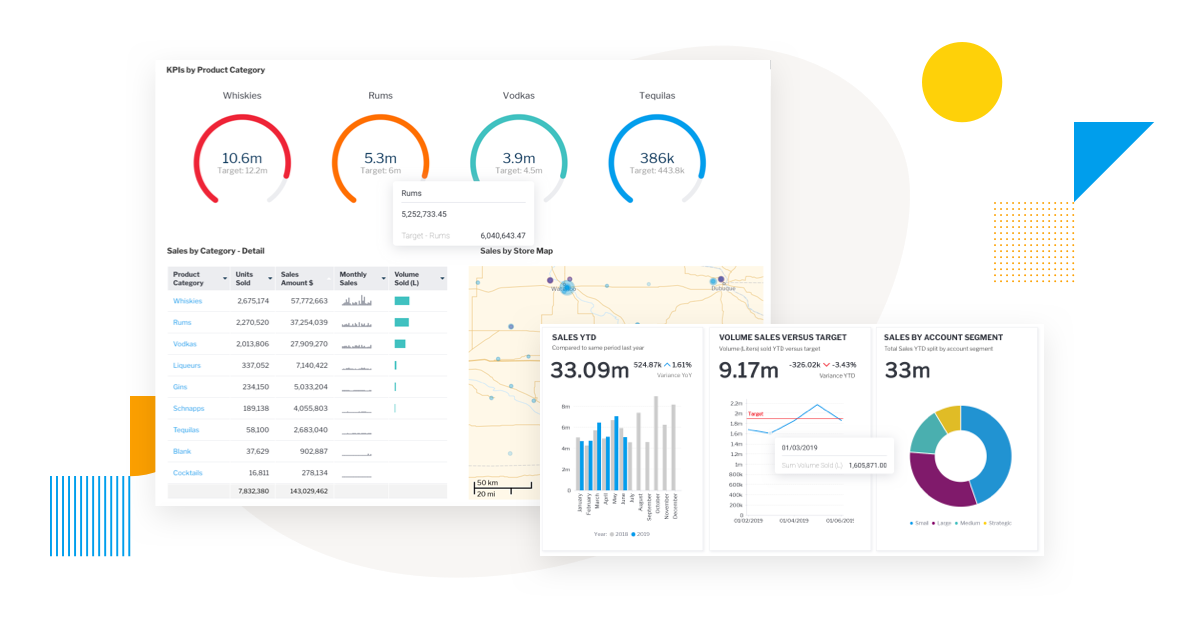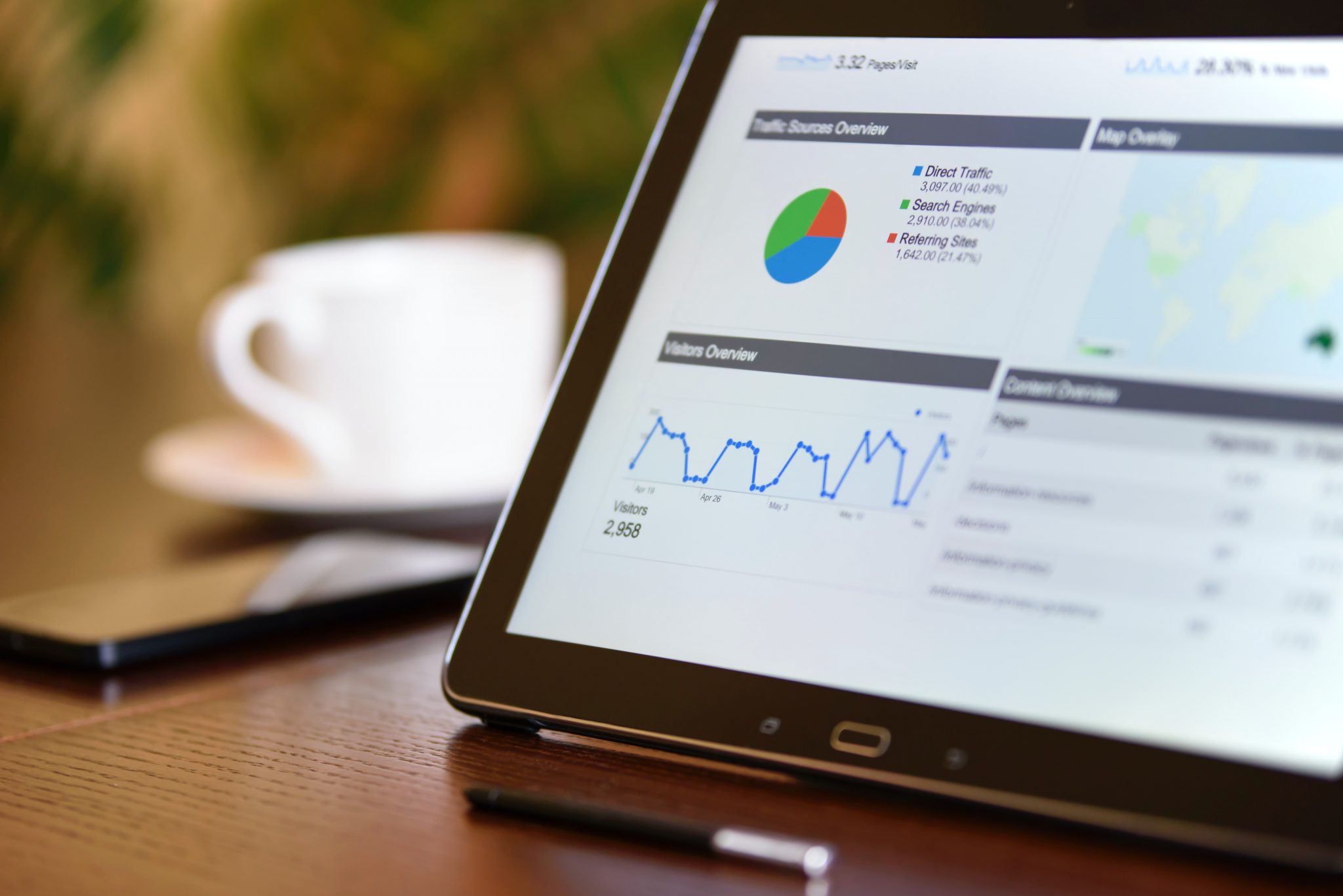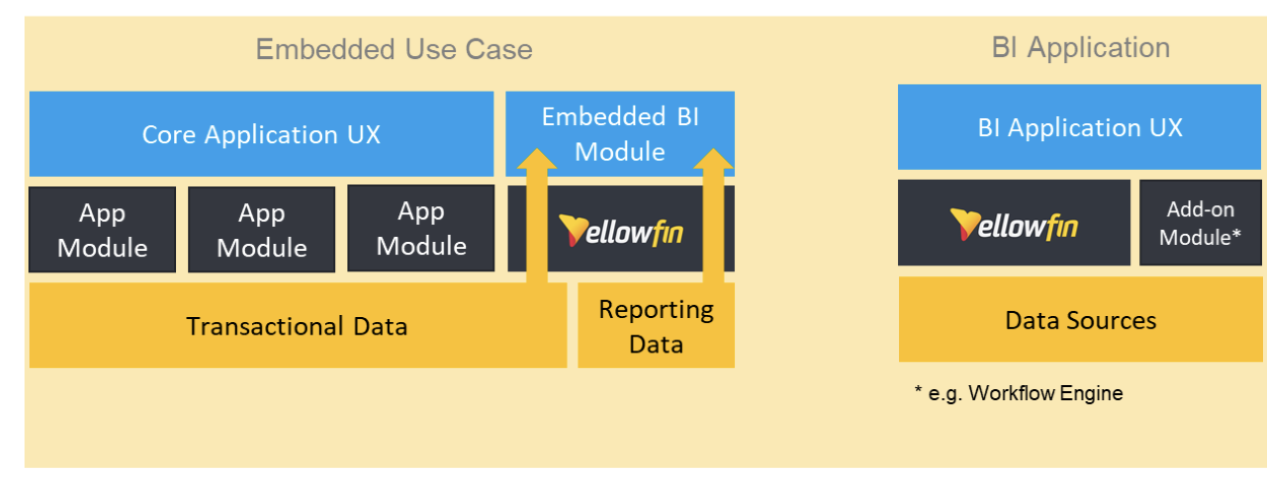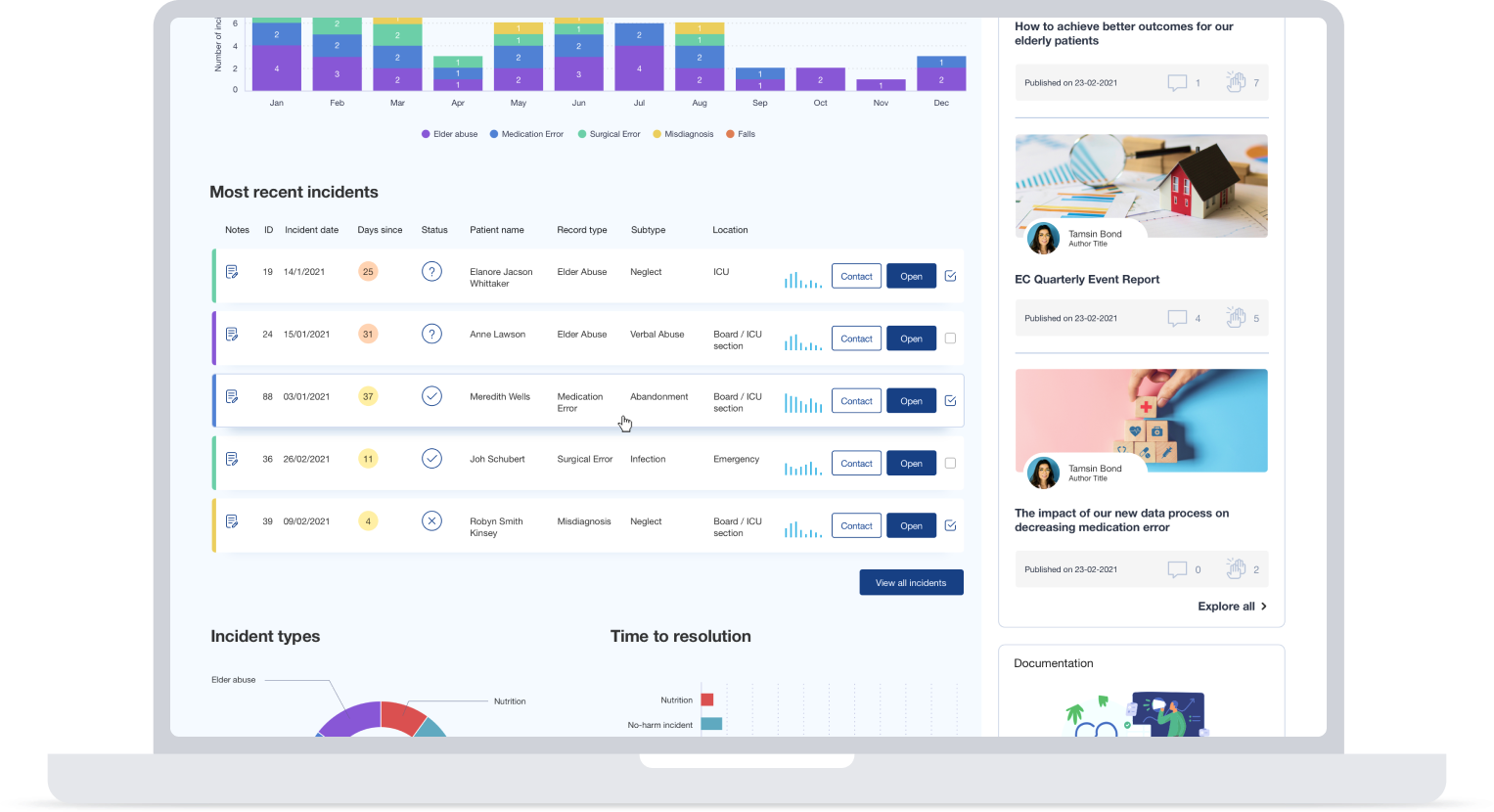
How to Win Big with Embedded Analytics Solutions
Businesses in every sector confront data roadblocks. Accessing, harnessing and analyzing such a vast quantity of complex information is a tall order, if you're not prepared.
It is essential to build a strategy and pick the right solution to handle your business-critical data if you are to assist your customers, end-users and partners in being able to leverage it to the fullest. Will data be your company's weakness, or competitive edge?
At the end of the day, customers and end-users want fast and easy access to their application's data to gain and drive business value. In this increasingly data-savvy world, users need an application that helps them access and interpret their data, end-to-end.
So, how can we tackle this challenge? In this era, embedded analytics is the answer.
Embedded analytics: How it makes data and analytics synonymous with your application
There is now a way to bring sophisticated analytical capabilities directly into your business applications and software products, instead of being a separately accessed tool.
Those capabilities can revolve around data management, BI reporting, data storytelling and data visualization. Collectively, this solution is defined as embedded analytics.
With embedded analytics, you can also provide customer-facing dashboards and business intelligence reports directly to your end-users and customers while they use your software as normal. Embedded analytics solutions also offer data analytics software infrastructure, platforms, and operations, and can be integrated with on-premise data and applications, cloud-based setups or even hybrid (on-prem AND cloud) use case scenarios.
Today, many companies embed analytics into their applications so their end-users can get data insights in reports and OEM dashboards faster and easier than the traditional legacy method, which has been to provide them with a third-party, externally accessed analytics tool - without a guarantee that they'd actually use it. Gartner now reports that 25% of analytics capabilities are embedded in business applications as of 2022.
Learn more: What is embedded analytics?
The traditional approach to BI is outdated
A traditional business intelligence solution typically requires end-users to access operational information and visualizations using analytics and data visualization tools that are located separately from the everyday software they use for their work.
This creates a disjointed user experience, where everyone has to switch windows to find the data they need to make a decision or take action. Oftentimes, many end-users fail to leverage these third-party BI tools altogether, resulting in a lack of data-driven decision-making. There's also no guidance for users on how to take advantage of these BI tools.
Modeling, querying, and producing visualizations in traditional BI solutions also requires technical competence and SQL abilities to get the most out of such tools.
Read more: The death of the dashboard and traditional BI - What it really means
How embedded analytics helps every end-user
Because embedded analytics solutions integrate user-friendly reports and visualizations functionality into the applications end-users access, both non-technical people and advanced users may readily access data insights while they use your software.
Let's consider a few examples of embedded analytics helping everyone win:
- Product and development teams: Can monetize data and give their customers business insights. Traditionally, this procedure would be a heavy load. It included many other considerations: infrastructure, compliance, and security. By embedding white-labeled analytics in your product, you can give your customers stunning BI dashboards, charts, and easy-to-use self-service BI at the point-in-time they need it (using your application). So, they can access their data more effortlessly.
- Data and BI teams: They can embed business intelligence reports and dashboards directly in business processes. It fosters data-driven thinking and reduces ad hoc requests.
- Marketing and PR teams: They can embed survey findings or research analysis on public websites or publications. It helps them leverage first-party research.
Read more: 3 use cases for Embedded BI to enhance your SaaS product
Embedded analytics: How it accelerates data application time-to-value
Static tools impede organizational collaboration. But embedded analytics overcomes delayed insights, slow production, and sloppy governance by enabling more agile analytics processes without compromising security and compliance - for success and competitiveness.
Customers may ask follow-up questions on their data without switching between platforms with an embedded analytics solution. Using familiar tools, they can get answers faster. In addition, embedding helps users see and act on analytic insights. When reporting tools and data visualization tools are widely available, users of all types will utilize them.
Embedded dashboards and apps let companies monetize their data and create and launch products quicker. It allows application makers to focus on building exceptional user experiences and releasing products rapidly rather than on infrastructure or new programming languages.
As an example: Yellowfin analytics platform delivers embedded analytics development tools throughout the whole analytic lifecycle. Our data-agnostic approach lets you utilize existing tool-sets. In short, we cover design through deployment.
Lastly, embedded analytics improves data security and compliance. Governance nightmares will arise without a community-driven analytics tool. Yet, data governance is more accessible when permissions are intact, and users follow the analytics tool's security measures - which Yellowfin has in spades.
Learn more: 5 benefits of modernizing with embedded analytics
How to win big with embedded analytics solutions
Wondering how to win big with embedded analytics solutions? Here are the five keys to success:
1. Give Your Customers A Satisfying Overall Experience
There are two crucial components of user experience (UX). First, the interaction between the user and the system should be smooth. Can embedded dashboards be personalized to meet the requirements of each user? In a perfect world, the dashboard for each user would only provide the functions required by that user, with neither more nor fewer. Implementation is another aspect to consider. How simple is the procedure of embedding? The implementation procedure should be simple to save resources and boost adoption.
2. Acquire An Understanding Of The Requirements Of Each User Type
A solid embedded analytics solution will tailor to meet the specific requirements of an organization's end users. To achieve this goal, you should understand the needs of both internal and external stakeholders. These include employees, partners, suppliers, and customers. Which roles do they play? What are their responsibilities? Which issues are they hoping to find solutions for? What are their capabilities? How much experience do they have working with technology? What does the flow of their work look like?
3. Determine The Required Functionalities For Each User Category
The functionality that each user type will need is an additional significant set of details to determine the tool. What kinds of data do they need to be able to start working with? Which particular things are they going to need to be able to accomplish with the data? Find a way to match the requested functionality with the necessary capabilities.
4. Consider The Locations And Embedding Methods Of Analytics
When it comes to integration, where do stakeholders want analytics to be embedded? How integrated do they require analytics to be? Embedded analytics solutions can be "bolted on," meaning they give security but not much more integration. Alternatively, embedded analytics may provide a smooth user experience with complete integration. The sort of integration that is the most robust provides data discovery. It also offers comprehensive, real-time analytics features inside the interface of an external platform.
5. Determine The Monetary Worth Of Analytics For Each Sort Of User
It will be easier for users to adopt a tool if they clearly understand how it will help them achieve their objectives, save time, and make their job more effective. Determine the value that will accrue to each user type due to their participation in analytics. Teams should invest in analytics training and data literacy to help users grasp the value of an embedded analytics business intelligence tool and get the most out of using the product. This training is not intended to convert non-technical users into technical users. But it is aimed to educate them to engage in the discourse about the data, uncover valuable insights, and drive business development.
Win big with the best embedded analytics solution
Ready to integrate data and analytics more closely with your product or software's everyday experience? The Yellowfin embedded analytics platform is the best choice - as recognized by Gartner, G2, Forrester and more.


